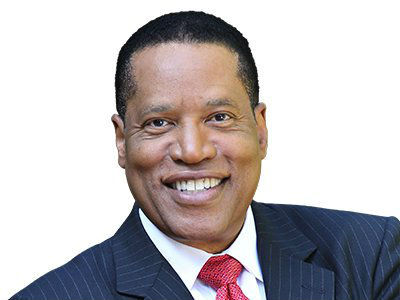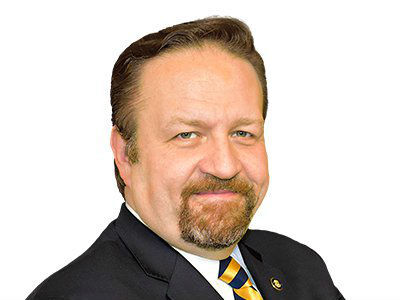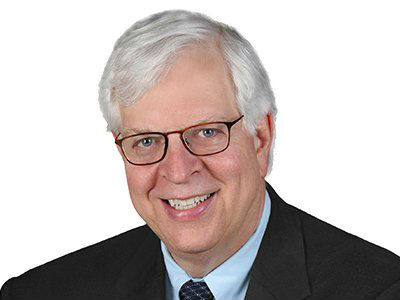Loneliness is putting senior men’s health at risk. Here’s how to help.
Lifestyle

Audio By Carbonatix
1:00 PM on Thursday, September 25
By Tara Mier for QMedic, Stacker
Loneliness is putting senior men’s health at risk. Here’s how to help.
We seldom talk about loneliness, but it is real and affects many people, especially older men who live alone.
This article from QMedic explores how living alone impacts men’s loneliness, its effect on their health, and why the risks are often overlooked. They often struggle to maintain friendships, express emotional needs, or build new social connections. The result can be loneliness, depression, and declining physical health, a silent but pressing public health concern.
With the holidays fast approaching, this issue deserves renewed attention by examining the scope of the problem, why men are disproportionately affected, the toll on health, warning signs to watch for, and evidence-based solutions families and communities can embrace.
The growing problem: By the numbers
The scale of older men living alone is rising. The Administration for Community Living reports that the percentage of men aged 65 to 74 residing on their own grew from 11.3% in 1970 to 20.8% in 2023. Among men 75 and older, 19.1% were in single-person households in 1970, compared to 23% in 2023.
The silent crisis: Why men struggle more
Why does living alone hit older men harder? Research shows men tend to have smaller social networks and rely heavily on spouses for emotional support. When that partner is gone, many men struggle to build or maintain friendships.
Traditional masculinity norms discourage vulnerability, making men less likely to admit loneliness or seek help. A National Institutes of Health review found that men often suppress emotions due to prescribed norms. Thus, with isolation post-retirement, there are fewer interactions and less of a chance to ask for or find help.
Health consequences: The physical and mental toll
The consequences are severe. According to the Centers for Disease Control and Prevention, the suicide rate among males in 2023 was approximately four times higher than the rate among females. Males make up 50% of the population, but nearly 80% of suicides.
Isolation is also linked to higher risks of dementia and cardiovascular disease. A National Institute on Aging report notes that four in ten older adults living alone experience mobility, sensory, or cognitive challenges, making social participation even harder.
Substance use adds another layer of risk. According to a NIH report on the impact of loneliness on health, health declines that accompany older age may lead to reduced independence or associated pain. Therefore, drug and alcohol use can provide an emotional escape from boredom and loneliness.
Warning signs: Recognizing the red flags
Families and caregivers should watch for subtle changes that may signal trouble. The National Institute on Aging highlights loss of interest in once pleasurable activities, including sex, and ignoring important roles in life, such as responsibilities with work or family, as early red flags.
The National Institute on Aging also advises that the emotional warning signs include, but are not limited to, the following:
- Persistent sad, anxious, or “empty” mood
- Feelings of hopelessness, guilt, worthlessness, or helplessness
- Irritability, restlessness, or having trouble sitting still
- Loss of interest in once pleasurable activities, including sex
- Decreased energy or fatigue
- Moving or talking more slowly
- Difficulty concentrating, remembering, or making decisions
- Ignoring important roles in life, such as responsibilities with work or family
- Difficulty sleeping, waking up too early in the morning, or oversleeping
- Eating more or less than usual, usually accompanied by unintended weight gain or loss
- Increased use of alcohol or drugs, or engagement in high-risk activities
- Thoughts of death or suicide, or suicide attempts
Solutions and support: Evidence-based interventions
Encouragingly, there are interventions that have proven to be successful. The Men’s Sheds movement, which began in Australia, provides community workshops where older men gather “shoulder to shoulder” to work on projects and socialize. These programs have spread to the U.S., with organizations like AARP promoting them as accessible, stigma-free social outlets.
Research suggests multi-component approaches, combining exercise, therapy, volunteering, and technology, are most effective at reducing loneliness. A systematic review in Frontiers in Public Health found that social prescription programs, where healthcare providers connect patients with arts groups or community activities, significantly improve well-being.
Technology also plays a role. Apps and video calling platforms help men sustain connections when mobility is limited. Family-centered therapy approaches, such as those studied by the University of California, emphasize collaborative support between clinicians and families.
How families and communities can help
Families can make a difference by engaging in open conversations about mental health, checking in regularly, and encouraging participation in community programs. Palo Alto University notes that overcoming barriers like transportation and stigma is essential to help men access treatment.
Communities can adapt by offering men-specific programming in senior centers and training healthcare providers to recognize signs of depression that are commonly seen in men. Promoting “social fitness” alongside physical health encourages men to see connection as vital to aging well.
Conclusion
Isolation is taking a toll on older men living alone, threatening both their mental and physical well-being. Yet solutions exist, from Men’s Sheds to social prescription programs and family support strategies.
If you know an older man living independently, reach out, check in, and encourage connection. Resources like the National Suicide Prevention Lifeline and local men’s programs can provide life-changing support. Recognizing warning signs and fostering community engagement are crucial steps in addressing solitude and restoring purpose in later life.
This story was produced by QMedic and reviewed and distributed by Stacker.

























